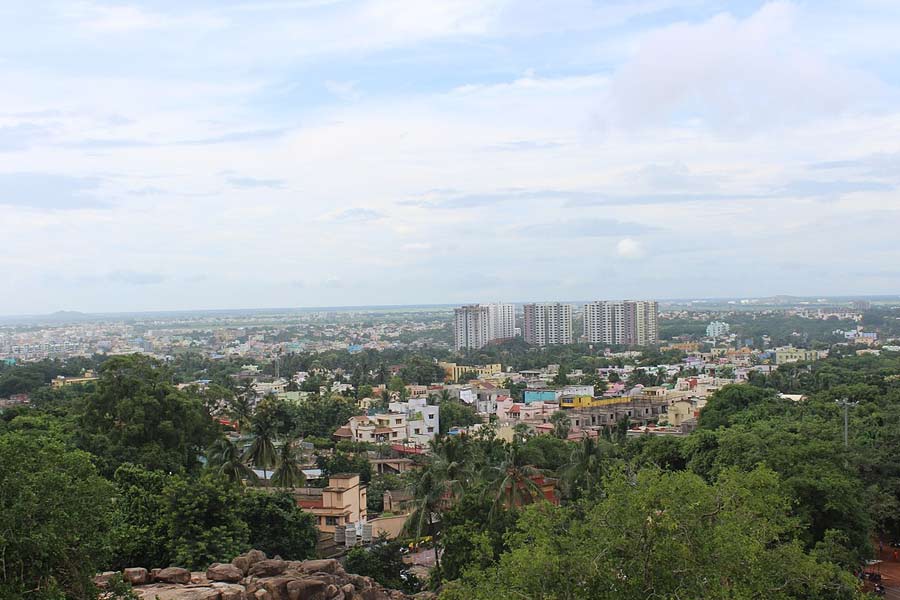Given the rapid pace of urbanisation, cities, evidently, are where India’s future would be scripted. A report, Towards Resilient and Prosperous Cities in India, prepared jointly by the World Bank along with the Union ministry of housing and urban affairs — it covered 24 cities in the country — has now cemented this hypothesis. It estimates that by 2050, India’s urban population would nearly double and reach 951 million; moreover, 70% of all employment would be generated in metropolises. But can Indian cities survive this future that is going to be inclement in nature? That is the key question that the report has thrown up. This is because these urban centres would suffer the vagaries of climate change, especially extreme heat and flooding. Between 1983-1990 and 2010-2016, the exposure of 10 large cities in India to extreme heat had, the report says, increased by 71%; in 25 years, heat-related fatalities are expected to double. There is more bad news in store. Pluvial flooding — surface water floods on account of deluges — is expected to rise by 73%-100%, with Delhi having the maximum area vulnerable to this kind of inundation.
That the State and urban policy planners have their task cut out is clear from what the report has recommended in terms of a survival strategy. India needs to generate $2.4 trillion by 2050 to ensure that it has built enough climate resilient capacities in its cities: does the world’s fourth-largest economy have a plan in place to set aside this sum and then use it, without leakages, for its intended purpose? Urban survival would also depend on a massive infrastructural overhaul in metropolises in terms of infrastructure and transportation. Investments in solar rooftops, putting in place a state of the art waste management system as well as the induction of robust, low-carbon services and infrastructure could help cut emissions. Interestingly, the manner in which cities function as political and administrative units needs to change as well.
The World Bank’s country director for India, Auguste Tano Kouamé, stated that cities with greater autonomy are likely to adapt effectively to the changing weather. This calls for a reappraisal of India’s power edifice where centralisation, as opposed to local autonomy, has usually been prioritised. Urban survival in the future would be contingent upon urgent transformations in nearly every sphere of metropolitan existence: that is the scale of the challenge. The World Bank report is a reminder to India’s cities that time is ticking.

